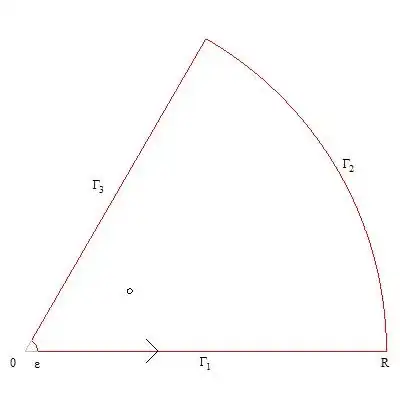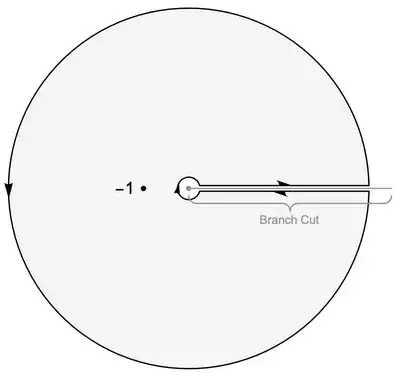I've been looking at
$$\int\limits_0^\infty {\frac{{{x^n}}}{{1 + {x^m}}}dx }$$
It seems that it always evaluates in terms of $\sin X$ and $\pi$, where $X$ is to be determined. For example:
$$\displaystyle \int\limits_0^\infty {\frac{{{x^1}}}{{1 + {x^3}}}dx = } \frac{\pi }{3}\frac{1}{{\sin \frac{\pi }{3}}} = \frac{{2\pi }}{{3\sqrt 3 }}$$
$$\int\limits_0^\infty {\frac{{{x^1}}}{{1 + {x^4}}}dx = } \frac{\pi }{4}$$
$$\int\limits_0^\infty {\frac{{{x^2}}}{{1 + {x^5}}}dx = } \frac{\pi }{5}\frac{1}{{\sin \frac{{2\pi }}{5}}}$$
So I guess there must be a closed form - the use of $\Gamma(x)\Gamma(1-x)$ first comess to my mind because of the $\dfrac{{\pi x}}{{\sin \pi x}}$ appearing. Note that the arguments are always the ratio of the exponents, like $\dfrac{1}{4}$, $\dfrac{1}{3}$ and $\dfrac{2}{5}$. Is there any way of finding it? I'll work on it and update with any ideas.
UPDATE:
The integral reduces to finding
$$\int\limits_{ - \infty }^\infty {\frac{{{e^{a t}}}}{{{e^t} + 1}}dt} $$
With $a =\dfrac{n+1}{m}$ which converges only if
$$0 < a < 1$$
Using series I find the solution is
$$\sum\limits_{k = - \infty }^\infty {\frac{{{{\left( { - 1} \right)}^k}}}{{a + k}}} $$
Can this be put it terms of the Digamma Function or something of the sort?

